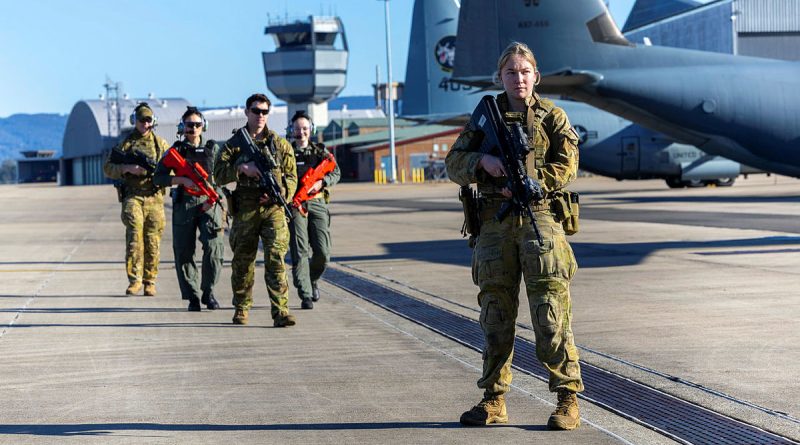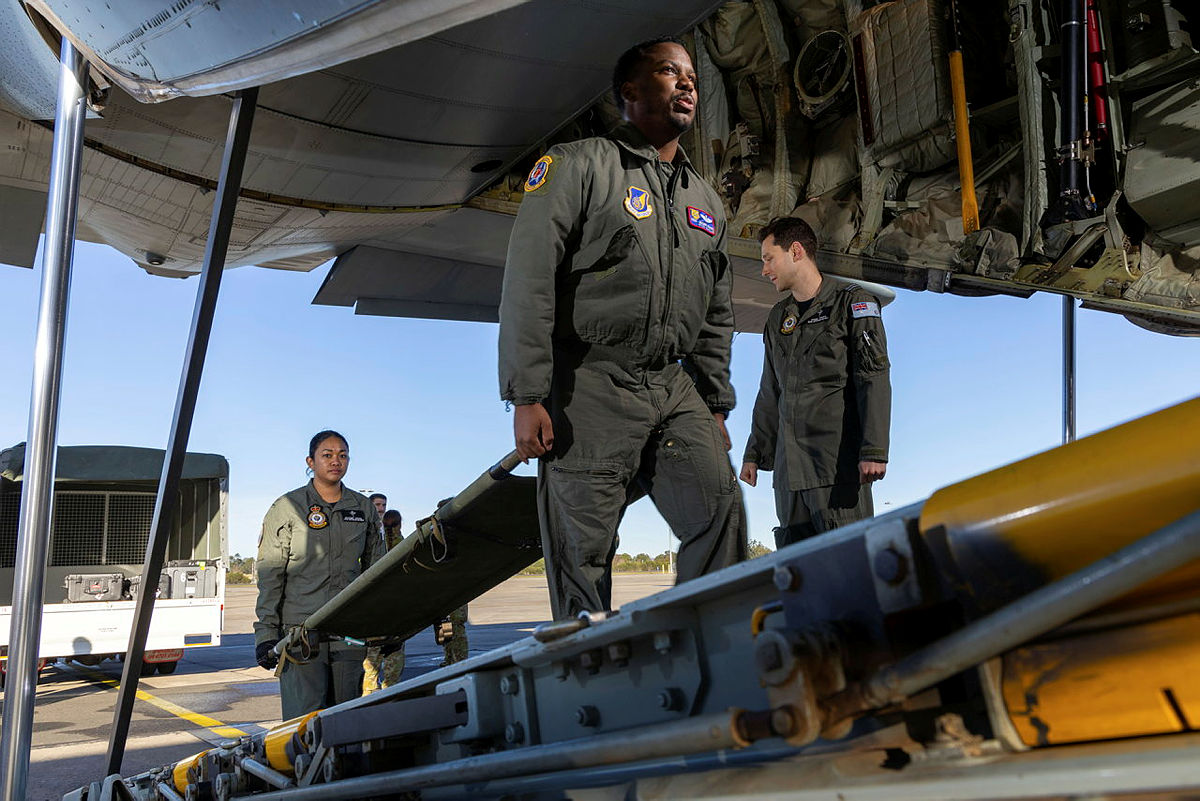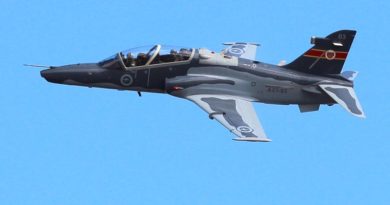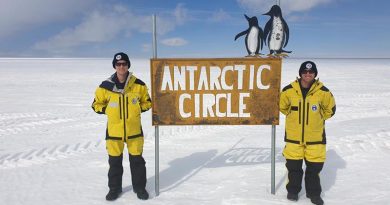Going from virtual to reality

Late last month, for the first time, the United State Pacific Air Force (PACAF) 18 Aeromedical Evacuation Squadron (18AES) visited RAAF’s 3 Aeromedical Evacuation Squadron (3AES) at RAAF Base Richmond.
CAPTION: Personnel from 1 Security Forces Squadron, RAAF Base Williamtown, participate in a non-permissive training scenario on the flightline at RAAF Base Richmond. Story by Tastri Murdoch. Photos by Leading Aircraftman Chris Tsakisiris.
It was a capstone to the virtual knowledge exchange PACAF 18AES and 3AES had been engaging in for the past 18 months.
The virtual knowledge exchange provided a benchmark of understanding between the two squadrons, highlighting the similarities and differences in equipment, structure, and the ways in which each squadron responds to aeromedical evacuation.
From June 24 to 28, PACAF 18AES lived a standard week with 3AES, immersing themselves in the day-to-day business and processes used to complete tasks, as Corporal Mitchell Plant, a medical technician with 3AES, explained.
“This included learning about the accreditation requirements for professional development, as well as the role logistics, pharmacy and operation cells play to successfully launch a RAAF aeromedical evacuation,” Corporal Plant said.
“There were also opportunities to participate in a range of aircraft training scenarios.”
Using a static RAAF C-130J, 3AES and PACAF 18AES conducted a mass casualty evacuation in a permissive environment, where access to the casualties is assessed as being supportive.
CAPTION: Members from both United States Pacific Air Force, 18 Aeromedical Evacuation Squadron and RAAF 3 Aeromedical Evacuation Squadron carry a stretcher into a C-130J Hercules.
1 Security Forces Squadron also assisted the two squadrons with non-permissive aeromedical evacuation training scenarios during a live flight to RAAF Base Amberley (AMB).
Executive Officer 3AES Squadron Leader Suminda Finch said the in-person knowledge exchange had been invaluable.
“Participating in these training scenarios together has been so beneficial,” Squadron Leader Finch said.
“The non-permissive aeromedical evacuation was a highlight as we could simulate contact, retrieve a patient from an originating medical facility, practice what to do if someone is wounded in the process, and work through how to manage in a potentially hostile environment to bring the patient safely home to Australia.
“We’ve been able to demonstrate quite a few aspects of our capability that we’ve been working towards, aligning with the National Defence Strategy.”
Meeting with members of the 3AES AMB Detachment, PACAF 18AES toured the Health Operational Conversion Unit Blue Room, an augmented reality simulator that enables physical medical equipment to be used within a virtual environment to respond to medical emergencies.
Technical Sergeant Samantha Pinzon from PACAF 18AES reflected on the experiences of the virtual knowledge exchange and visit to 3AES.
“From the PACAF side, going from the virtual knowledge exchange to actually being in-person participating in day-to-day work has been an amazing experience,” Technical Sergeant Pinzon said.
“We learned a lot, working through our counterpart’s processes of how they get the operation done here in Australia, and working together to figure out how we can cohabitate in future missions together. It’s been a great opportunity for us.”
3AES regularly participates in mission-ready training and exercises with international partners to share common training objectives and aeromedical evacuation expertise.
“For many years, both squadrons have been involved with the annual PACAF-led Cope North Exercise. Conducting training like this week builds on our ally relationships,” Squadron Leader Finch said.
.
.

.
.






